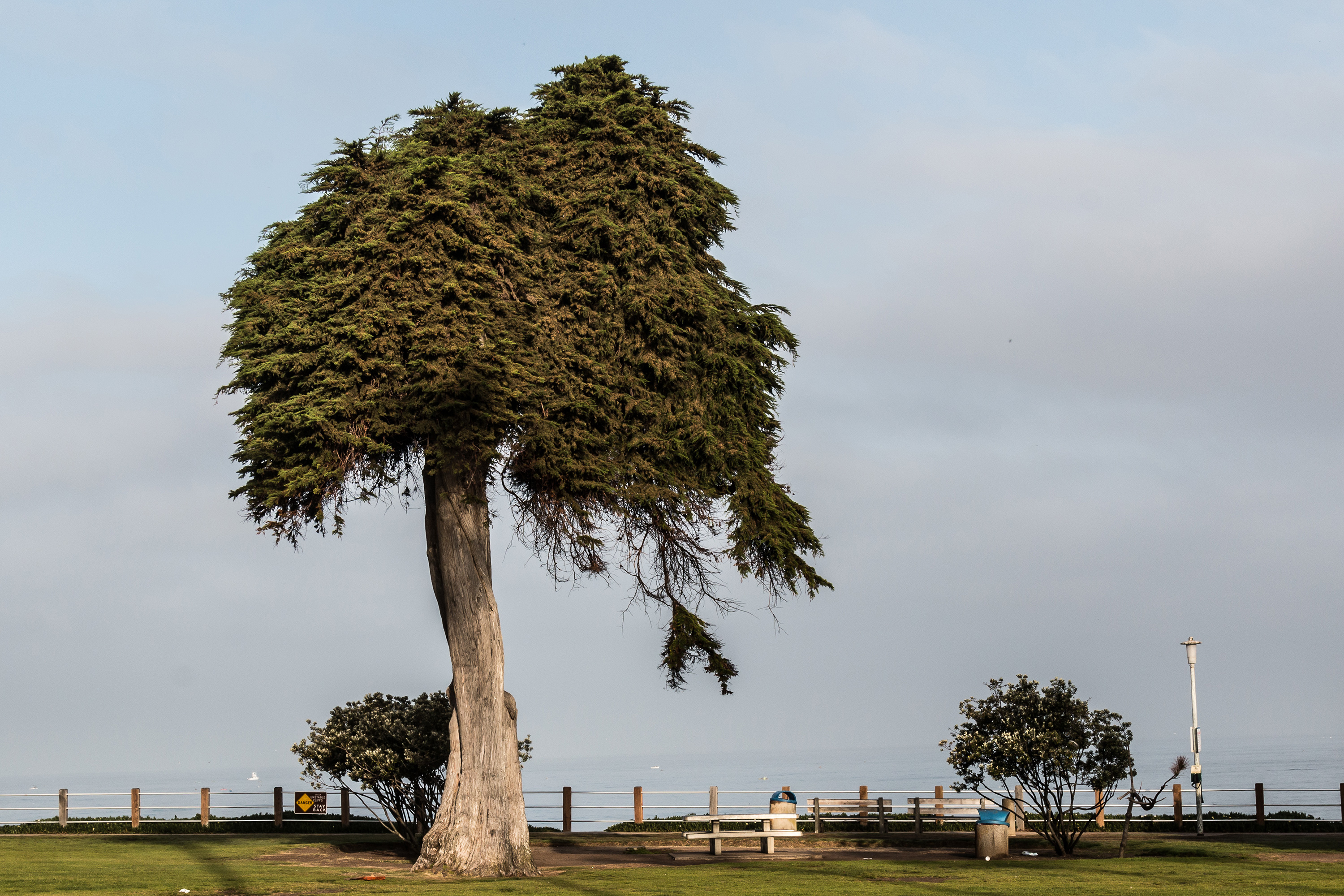
The Tree That Might Have Inspired Dr. Seuss' 'The Lorax' Has Died

A Monterey cypress (Cupressus macrocarpa) that is thought to have inspired the Truffula trees in Dr. Seuss' "The Lorax" has fallen, according to news reports.
The shaggy tree was thought to be around 100 years old, according to Tim Graham, spokesman for the San Diego Parks and Recreation Department. It lived not in Truffula Valley, but rather in the arguably less-colorful Ellen Browning Scripps Park looking out over the coast of La Jolla, California, part of San Diego.
And rather than going out with a "THWACK!" at the hands of a Super Axe Hacker, this zany tree fell down. [Gallery: Oldest Living Things in the World]
The lone Monterey cypress tree, known to locals as the "Lorax tree," was visible to Theodor Seuss Geisel, aka Dr. Seuss, from his mountaintop home in La Jolla, where he lived from 1948 until he died in 1991, according to the La Jolla website. It was at that mountain home that he wrote many of his books, including "The Lorax" (Random House), which was published in 1971.
"The Lorax" follows a monkey-like, mustached creature trying to defend the Truffula trees from corporate greed. This "speaker of the trees" was also likely inspired by a real-life observation, in this case the long-limbed patas monkeys that Geisel saw while on safari in Kenya, according to a previous Live Science report.
Graham told Live Science that it's unclear why the tree fell (they have a call in for the Lorax to speak for this tree). The tree was older, as far as this species goes, "but the arborist said that overall the tree was in good shape," he said.
- Image Gallery: Carnivorous Plants
- 10 Species That Will Die Long Before the Next Mass Extinction
- In Photos: Medieval Skeleton Entangled in Tree Roots
Originally published on Live Science.
Sign up for the Live Science daily newsletter now
Get the world’s most fascinating discoveries delivered straight to your inbox.

Yasemin is a staff writer at Live Science, covering health, neuroscience and biology. Her work has appeared in Scientific American, Science and the San Jose Mercury News. She has a bachelor's degree in biomedical engineering from the University of Connecticut and a graduate certificate in science communication from the University of California, Santa Cruz.









